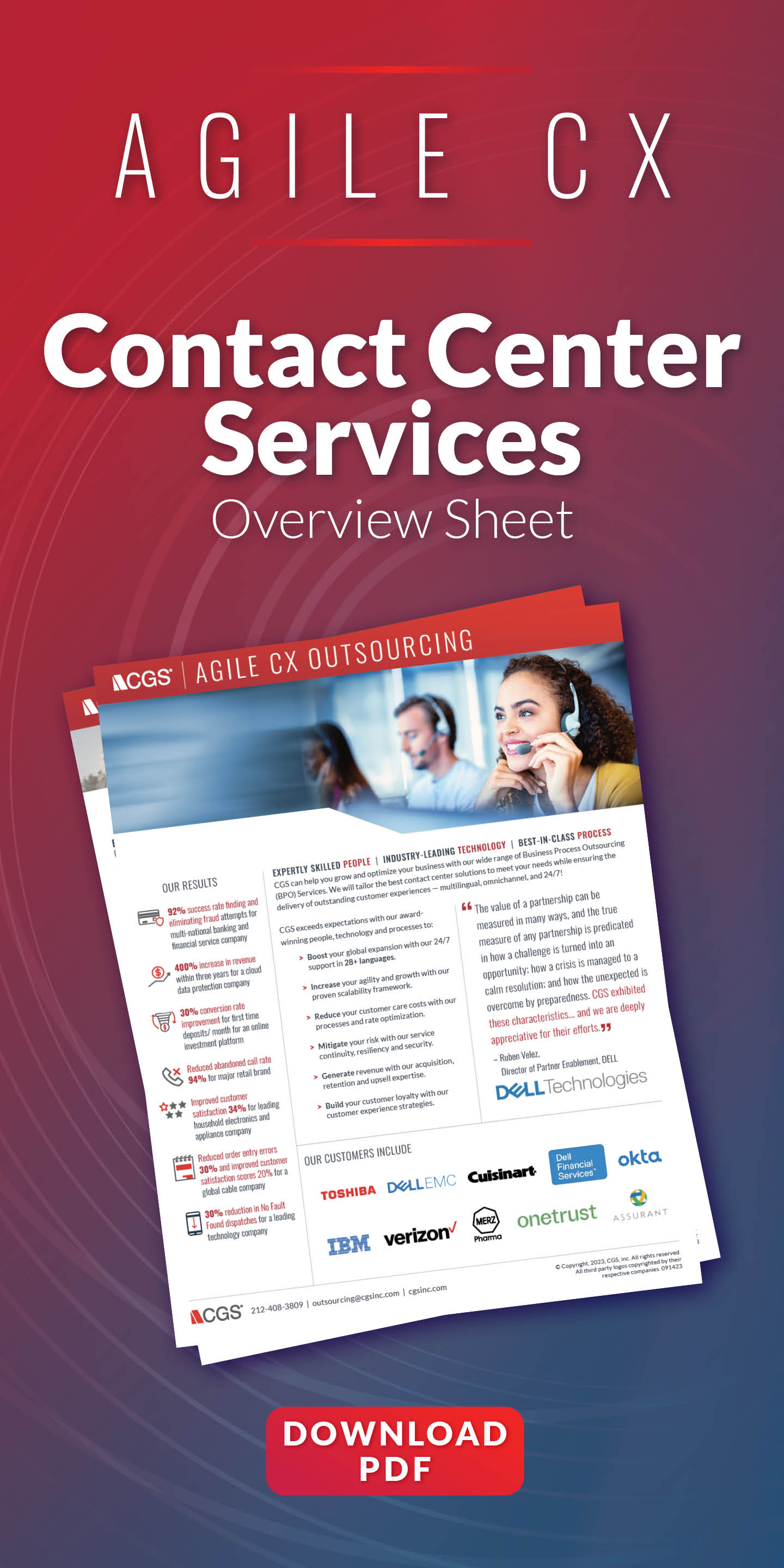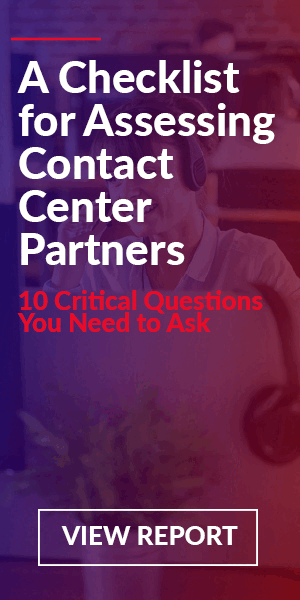Topics
Add Human Orchestration to Your Mid-Market Strategy

As buyers' journeys become increasingly influenced by digital transformation, your small- and medium-size business (SMB) channel strategy and mid-market channel sales strategy need to adapt.
Compared to as recently as five years ago, technology companies now see their customers engaging with a much more complex channel ecosystem—with many sources of influence that weren’t even on the radar screen of channel marketers until very recently.
To keep up with the large increase in channel partners, channel growth and customers’ expectations around self-service and immediate gratification, channel sales and marketing leaders are turning to technology and, more specifically, automation.
You can have all the best tools at your fingertips, but without the right channel strategy, follow-up and coordination, you can only get so far with automation.
In this blog post, you’ll learn how to grow your channel strategy via technology that’s bolstered by human orchestration. You’ll learn why it matters, the most common functional roles within human orchestration and how to achieve exponential levels of channel growth—in both an independent software vendor (ISV) co-selling context (independent software vendor), as well as with more traditional value-added reseller (VAR)-driven (value-added reseller) or distributor engagement.
What Is Human Orchestration?
Wikipedia defines orchestration as the “automated configuration, coordination and management of computer systems and software.” Human orchestration helps channel organizations combine people, the human element, with its overall approach to using tools, technology and automation to support and drive channel growth.
Human orchestration can be especially powerful because of its ability to deploy never-before-seen levels of targeting, personalization, and contextualization rapidly and cost-effectively across channels and devices.
Functional Roles That Need Human Orchestration
So, given how central humans are to the success of human orchestration, what are some of the most common functional roles that impact mid-market channel strategy?
Within channel partners (potentially multiple roles depending on the size of the channel partner):
- ISV channel partners
- VAR channel partners
Within your own company:
- Channel team that includes channel account managers and partner relationship managers
- Direct sales team that includes account managers and business development managers
- Distribution team
- ISV team
- Field team
- Research and firmographics team
- Systems architects
During an ISV co-selling engagement, a co-sell team is formed with multiple stakeholders from the ISV channel partner and your company. The co-sell team takes responsibility for tracking opportunities and maintaining joint tracking documents.
In a VAR-driven engagement, your company’s ISV team identifies ISV solutions that complement products and solutions within your portfolio. Your channel team, including partner relationship managers and the distribution team, then determines the best VAR channel partners to approach.
From there, most often, the VAR channel partner markets and sells your products and solutions to their customer base. Alternatively, your channel team recruits and enables new VAR channel partners for the same purpose.
The critical difference between a VAR-driven engagement and ISV co-selling is that in a VAR-driven engagement, the VAR leads all marketing and sales with limited assistance from your company.
Grow Your Channel Strategy with Human Orchestration
So far, you’ve been introduced to human orchestration and some of the most common channel-related roles, both internal and external, that drive the need for human orchestration. Now, let’s look at how you can apply your channel growth strategy in ISV co-selling and VAR-driven engagements.
ISV Co-selling
A mid-sized ISV specializing in enterprise, open-source database support successfully influenced $1.74 million in incremental revenue for one of the largest retail chains in the U.S. The same ISV co-selling engagement also resulted in a 15 percent growth in an installed-based footprint. Both parties accelerated their success by collaborating on a webinar with support from both the co-sell team and the ISV webinar team.
A co-selling engagement like this generally starts with identifying potential ISVs to build go-to-market plans with, identifying potential opportunities and enriching those opportunities with opportunity intelligence via intent and scoops data.
VAR-driven
A multinational S&P 500 VAR team specializing in Security Information and Event Management is currently building execution playbooks for a security automation solution. When completed, this VAR-driven initiative will include a curated collection of modules, roles and playbooks to drive the adoption of Security Orchestration, Automation and Response. The deliverables will provide exact use case instructions and a customer ROI tool to assist in funding purchases.
A VAR-driven engagement like this generally starts by identifying, creating and prioritizing potential solutions to bring to market. The VAR channel partner then identifies end customers who have purchased the particular product as the foundation for the new collaborative solution.
In this blog post, you've been introduced to how you can grow your channel strategy by combining technology and human orchestration and how this is applied in both an ISV co-selling context and more traditional VAR-driven or distributor engagement.
To learn more about how adding human orchestration to your mid-market strategy can be an SMB channel game-changer, be sure to watch the on-demand webinar: Human Orchestration: The Key to Unlocking Growth in Your Mid-Market Strategy.


